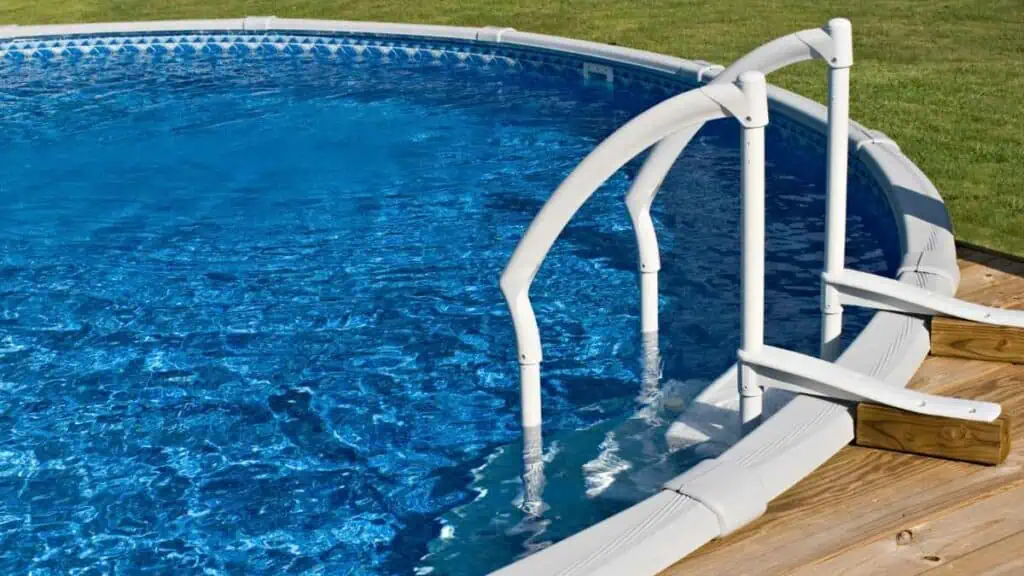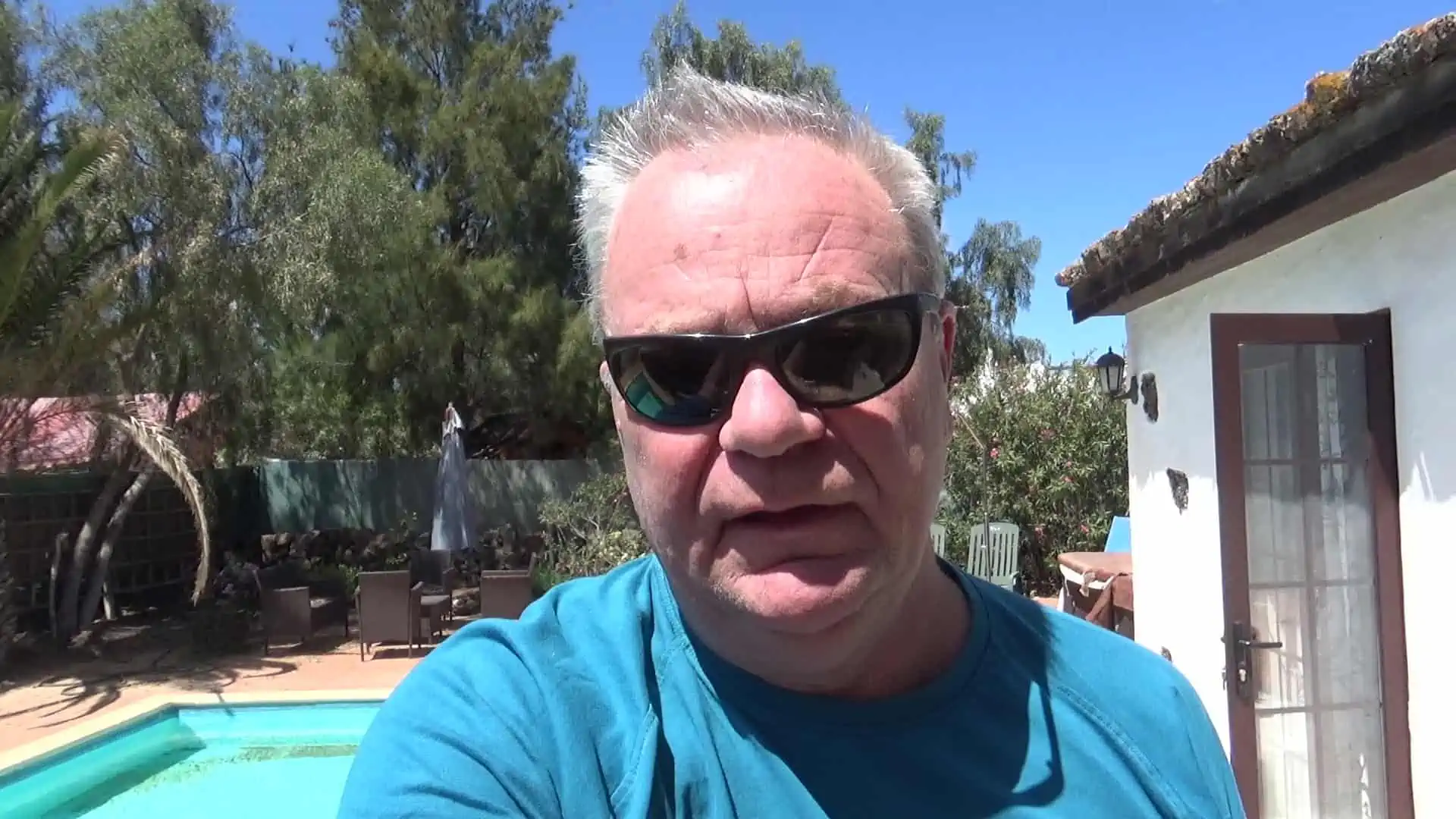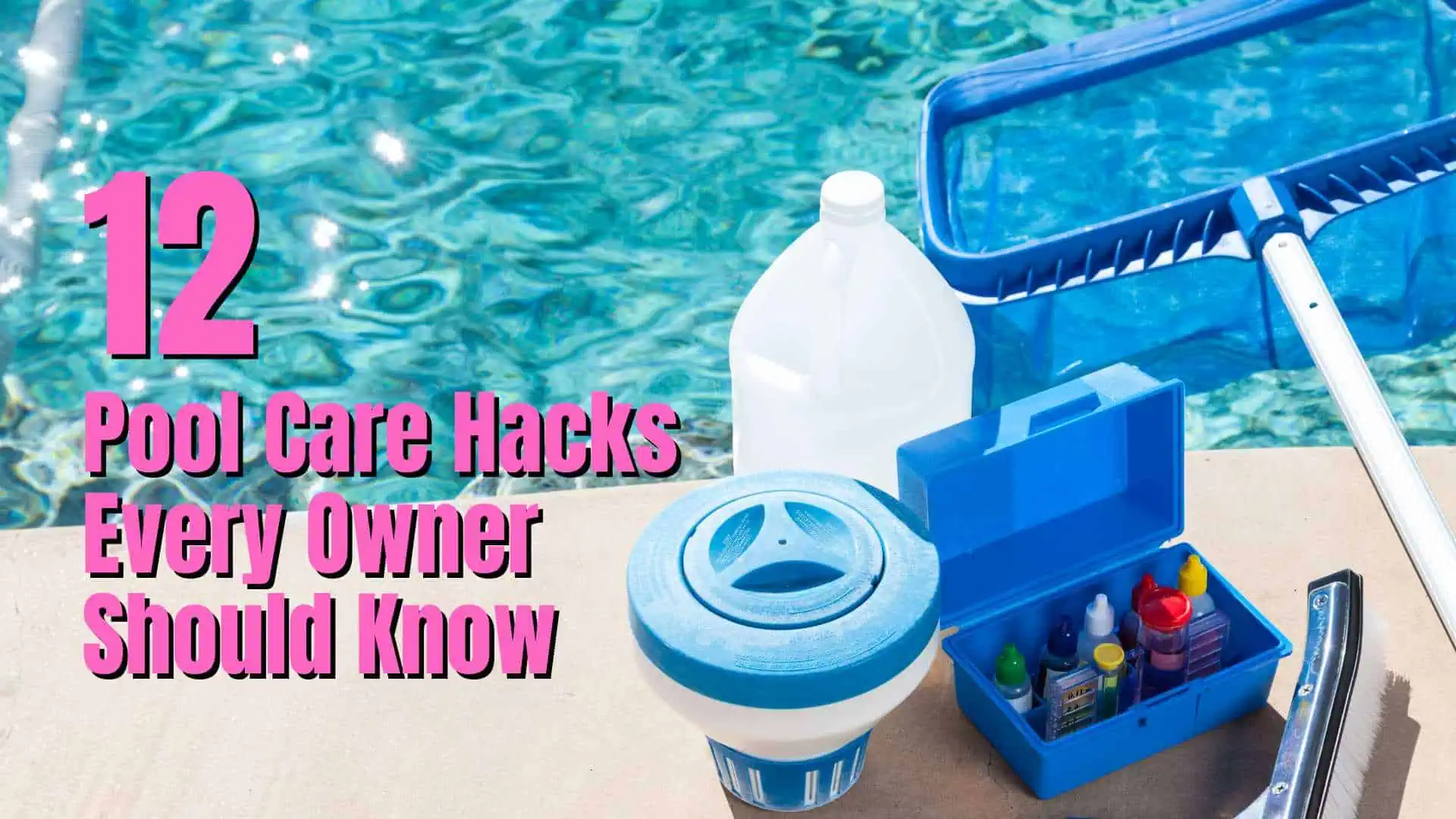If you own an above-ground pool, maintaining proper water chemistry is essential to ensure a safe and enjoyable swimming experience. One of the most effective ways to keep your pool water clean and clear is by using liquid chlorine.
But can you use liquid chlorine in above ground pool? The answer is yes and this guide will provide you with the information you need to make your above-ground pool a safe and healthy place for you and your family to enjoy.
Below we will guide you through the process of using liquid chlorine in your above-ground pool and help you understand the best practices to keep your pool water in top condition.
Can You Use Liquid Chlorine In Above Ground Pool: You can use liquid chlorine in an above ground pool. Liquid chlorine is a popular choice for pool owners as it effectively sanitizes the water by killing bacteria and algae. It is easy to use and does not leave any residue like other chlorine forms. Make sure to follow the manufacturer’s instructions for proper dosage and handling.

How to Use Liquid Chlorine in Above Ground Pool
1. Test the pool chlorine levels
To measure the dosage of chlorine liquid to add, you need to find out the pool’s current chlorine level.
Submerge a test strip in the pool water for 10 seconds, then take it out and compare the strip’s color to the chlorine color scale that comes with the test kit. You then know how many ppm you need to raise the chlorine level to.
2. Calculate the liquid chlorine dosage
Now that you know your pool’s chlorine levels, it’s time to measure the dosage of liquid chlorine you will need for your pool size.
You will need to know, or calculate, how many gallons your pool holds. (Use the calculator in the section below).
Swimming Pool Volume Calculator
Please enter your pool shape and dimensions:
Use the table below to determine how much liquid chlorine to add to raise the ppm (part per million) by 1, 2, 3 etc. based on the volume of your pool.
How much liquid chlorine to add
| Volume (Gallons) | 1ppm | 2ppm | 3ppm | 4ppm | 5ppm |
|---|---|---|---|---|---|
| 5,000 | 0.25 pints | 0.5 pints | 1 pint | 1.34 pints | 1.67 pints |
| 10,000 | 0.5 pint | 1 pint | 2 pints | 2.67 pints | 3.3 pints |
| 15,000 | 1 pint | 2 pints | 3 pints | 4 pints | 5 pints |
| 20,000 | 1.33 pints | 2.66 pints | 4 pints | 5.33 pints | 6.66 pints |
| 25,000 | 1.66 pints | 3.33 pints | 5 pints | 6.66 pints | 8.33 pints |
| 30,000 | 2 pints | 4 pints | 6 pints | 8 pints | 10 pints |
| 35,000 | 2.33 pints | 4.66 pints. | 7 pints | 9.33 pints | 12 pints |
| 40,000 | 2.66 pints | 5.33 pints | 8 pints | 10.66 pints | 14 pints |
3. Pour in the chlorine
Now it’s time to start chlorination. You should pour liquid chlorine slowly around the edges of the pool, and make sure to cover all areas to evenly sanitize the pool water.
I recommend chlorinating the pool while the filter is running to ensure the chlorine is thoroughly mixed throughout the pool.
4. Balance the pool’s pH level
After chlorination, you may need to add muriatic acid to reduce the pool’s pH level to the normal range (7.2 to 7.8) if it has increased due to liquid chlorine having a pH of 13.
Why do we have to balance the pH? This is because if the pool water has a high pH, scaling will occur, which means the buildup of calcium in the water. These calcium deposits can easily ruin your equipment.
As for dosage, you need to pour between 10 to 16 oz. of muriatic acid for each gallon of chlorine you add. You should gradually pour the acid into the pool around the edges.
5. Stabilize the chlorine
Liquid chlorine is unstabilized. And as you might have guessed, unstabilized chlorine needs a stabilizer, aka cyanuric acid (CYA).
But why do we need to stabilize chlorine in the first place? It’s because sunlight can weaken the sanitizing effects of unstabilized chlorine. So you’ll have to constantly pour more chlorine into the pool to keep up the chlorine level, which is time-consuming and costly.
Luckily, cyanuric acid can protect chlorine against these UV rays because it acts as a buffer. To get stabilized chlorine, you need to pour the acid until the CYA levels are above 30 ppm and below 50 ppm.
When to use liquid chlorine for above ground pools
To sanitize your pool water, you’ll need to get liquid chlorine, cyanuric acid, and muriatic acid, and then follow the guide below. You should consider doing this weekly.
It is better to add the liquid chlorine in the evening if you can as there is less chance of the chlorine dissipating due to the action of the sun’s UV rays before it has a chance to work.
What is liquid chlorine?
Liquid chlorine, also called sodium hypochlorite, is similar to the bleach you use to clean your home, except that it has a higher concentration of chlorine. It contains 10%-12.5% chlorine while bleach has only 3-5% chlorine.
Liquid chlorine is used instead of bleach because you need to use less to achieve the same sanitizing effect as it has a higher chlorine concentration.
So when adding liquid chlorine to your swimming pool, you must be careful with its quantity and concentration.
It’s worth noting that liquid chlorine is unstabilized chlorine, so you may need to add cyanuric acid after adding to the pool to prevent chlorine from depleting.
Lastly, liquid chlorine has a relatively short shelf life which lasts approximately 6 months. Most pool chemicals have a long shelf life which ranges between one and five years. Not to mention that extreme weather conditions such as humidity can shorten liquid chlorine’s useful life even more.
The difference between liquid chlorine and granular chlorine
There are two main differences between liquid and granular chlorine.
- Obviously adding liquid chorine is much quicker and easier than adding granular chlorine. You can just walk around the pool adding it as you go whereas you will need to mix the granular chlorine in a bucket of pool water (or perhaps many buckets) before adding it.
- Although liquid chlorine is convenient, it comes with a drawback. Liquid chlorine has a pH of around 13 whereas granular is only approximately 7. So adding it will probably raise your pH requiring you then to add muriatic acid to lower it back down again. The reason for the difference is in the manufacturing process.
Ounces of chlorine in liquid chlorine
Here’s a table showing the amount of chlorine in 12.5% liquid chlorine for a pint, a quart, and a gallon:
| Amount of liquid chlorine | Volume (in fluid ounces) | Chlorine (in ounces) |
|---|---|---|
| Pint | 16 | 2 |
| Quart | 32 | 4 |
| Gallon | 128 | 16 |
Note: This assumes that the 12.5% concentration is by weight. If the concentration is by volume, the amounts of chlorine would be different.
Frequently Asked Questions
How often should I add chlorine to my pool?
There’s no one-size-fits-all, so you have to test your pool’s chlorine levels weekly to make sure it’s up to the standard levels, which are around 50 to 100 oz. per 10,000 gallons of water. Also, keep in mind that if your pool often gets exposed to sunlight, you’ll need to pour liquid chlorine more often.
How long after pouring in liquid chlorine can you swim?
You have to wait for at least four hours after pouring liquid chlorine or until chlorine levels are below 5 ppm before swimming. This is to ensure that the chlorine won’t irritate your skin.
Are chlorine tablets better than liquid chlorine?
It depends on your preference. Chlorine tablets contain stabilized chlorine, unlike liquid chlorine, so pool owners don’t need to add cyanuric acid for maintenance. But they aren’t suitable for shocking a pool’s water because:
– they contain stabilized chlorine which won’t work as a pool shock
– they don’t dissolve immediately. but slowly over time
So opt for stabilized chlorine tablets if you’re looking for convenience and liquid chlorine or granular shock if you want to shock your pool.
Conclusion
As you’ve seen, chlorinating above ground pools with liquid chlorine is a straightforward process. However, for your safety, you should ideally wear protective goggles and gloves because liquid chlorine is a strong chemical.
Also, you should routinely measure the water’s chlorine levels at least weekly to keep the pool free of bacteria and viruses.

I have had hot tubs for over 20 years and a pool for the last 10 years. I had to learn how to clean, maintain and fix them the hard way. Since then I have helped many friends and neighbors with their pools and now I want to share everything I have learned with you. About Me




